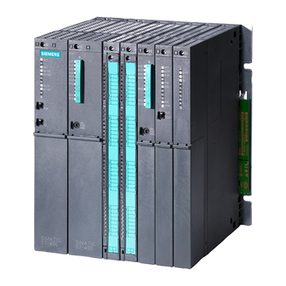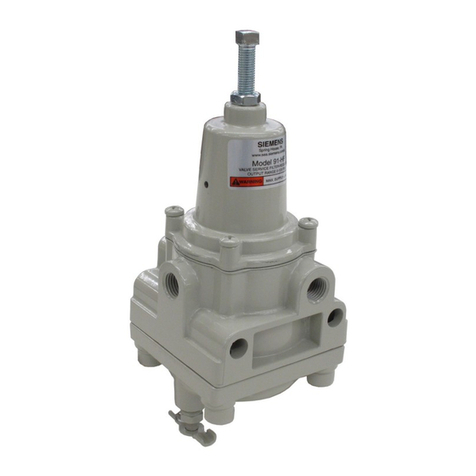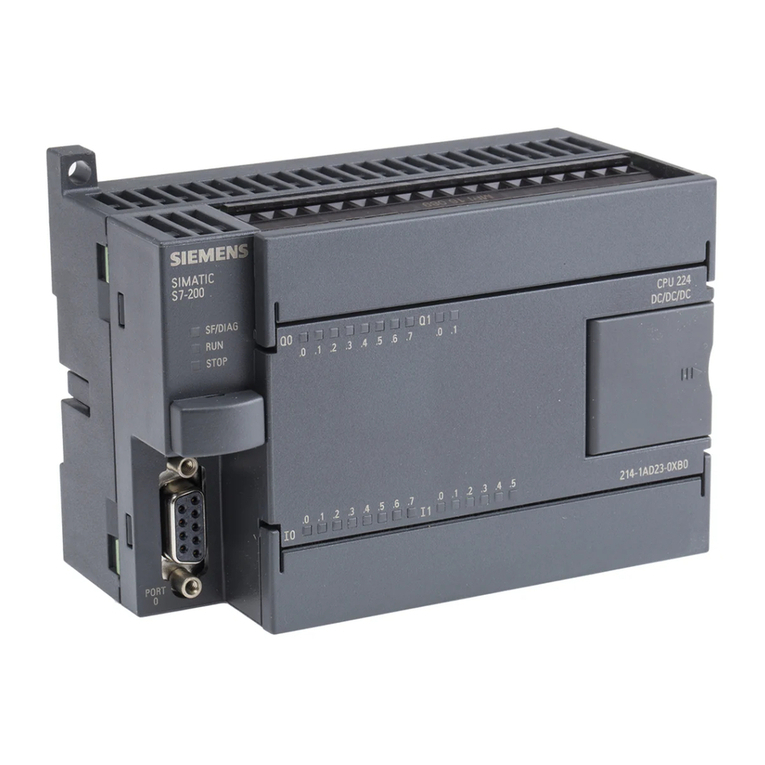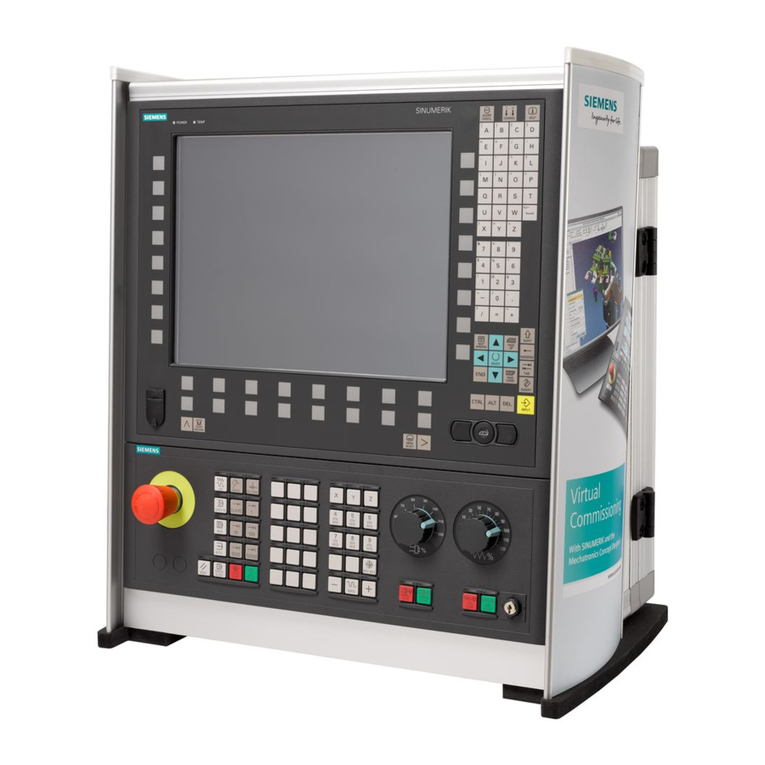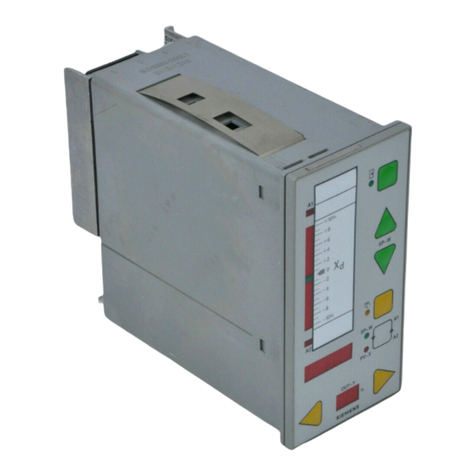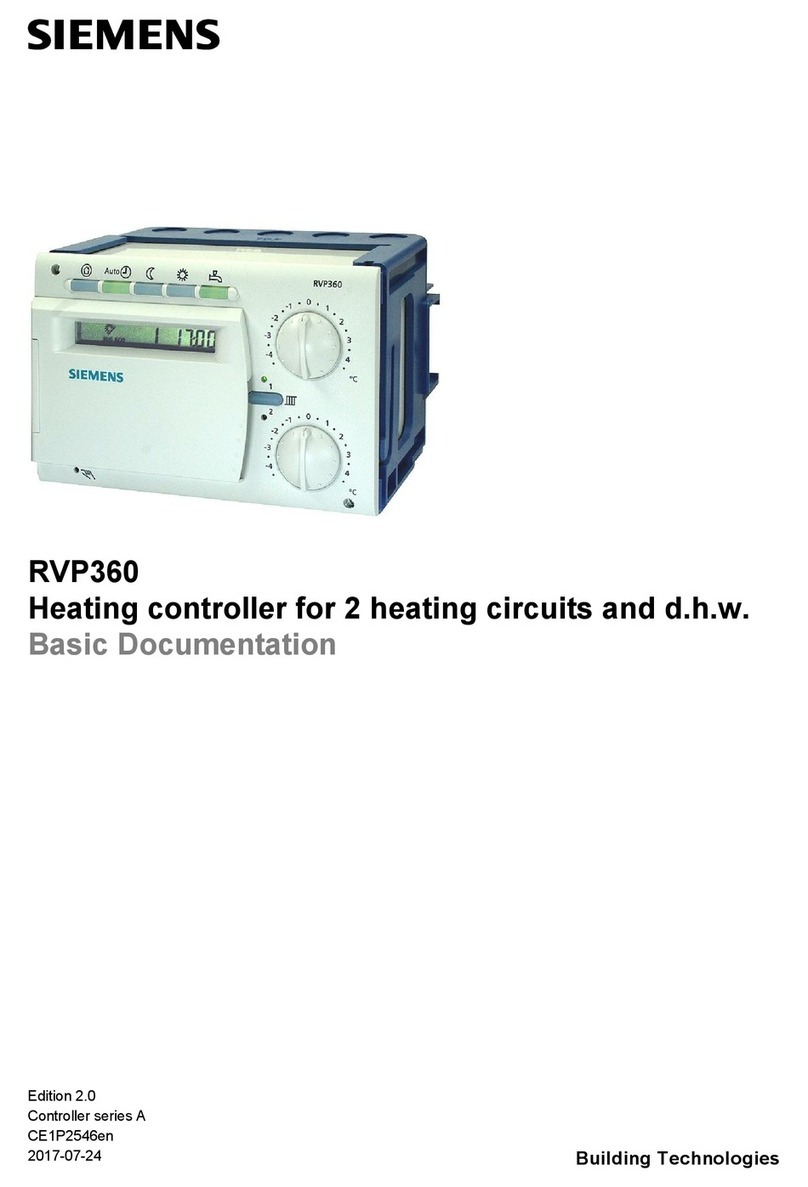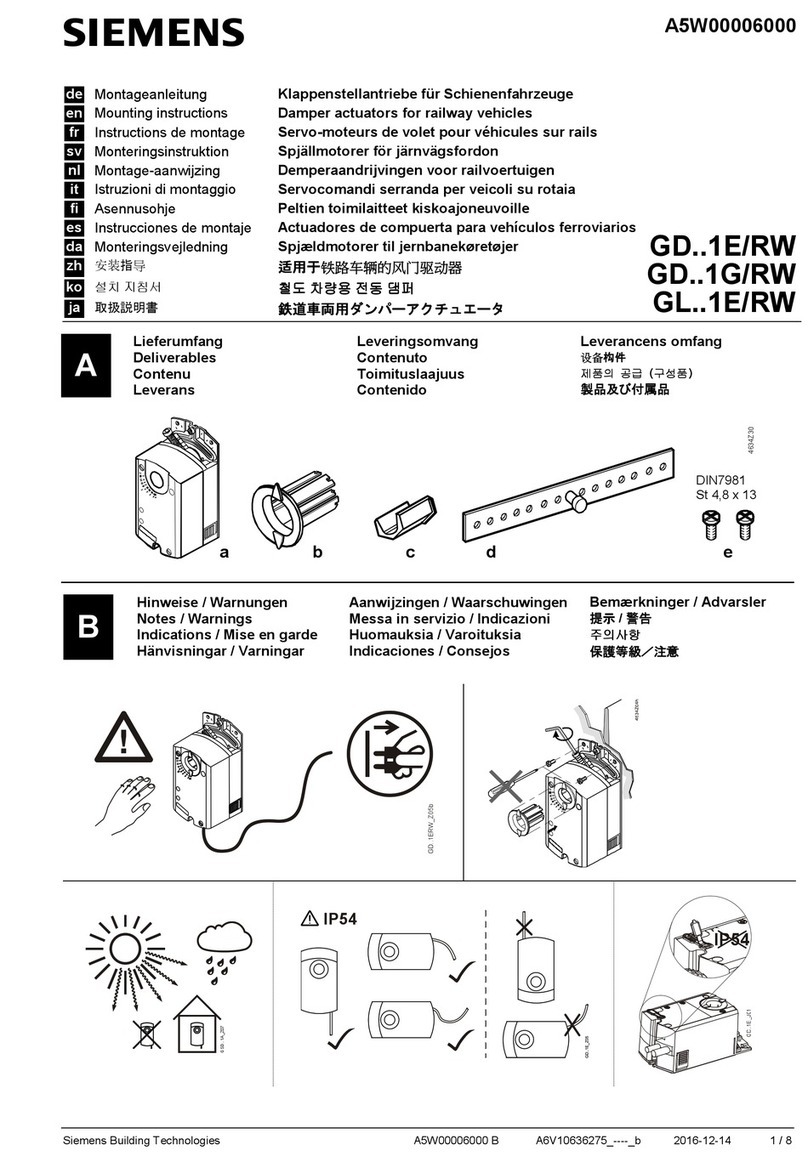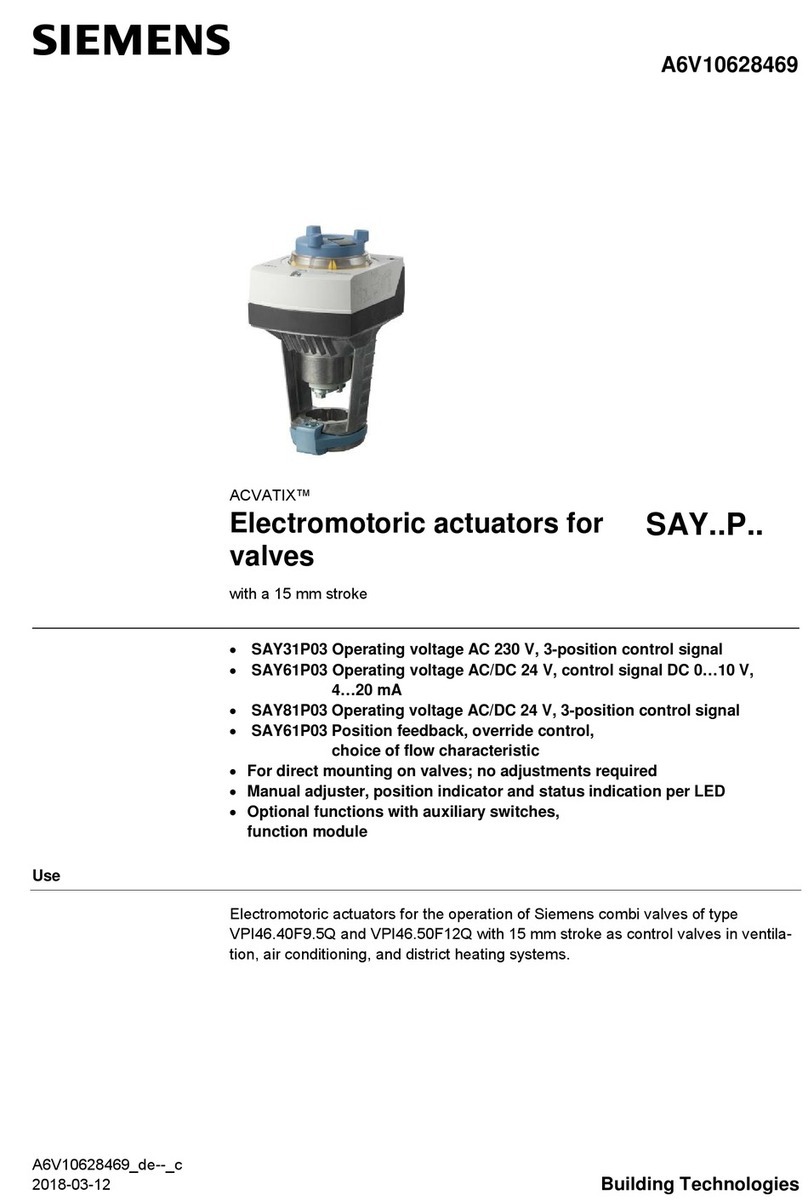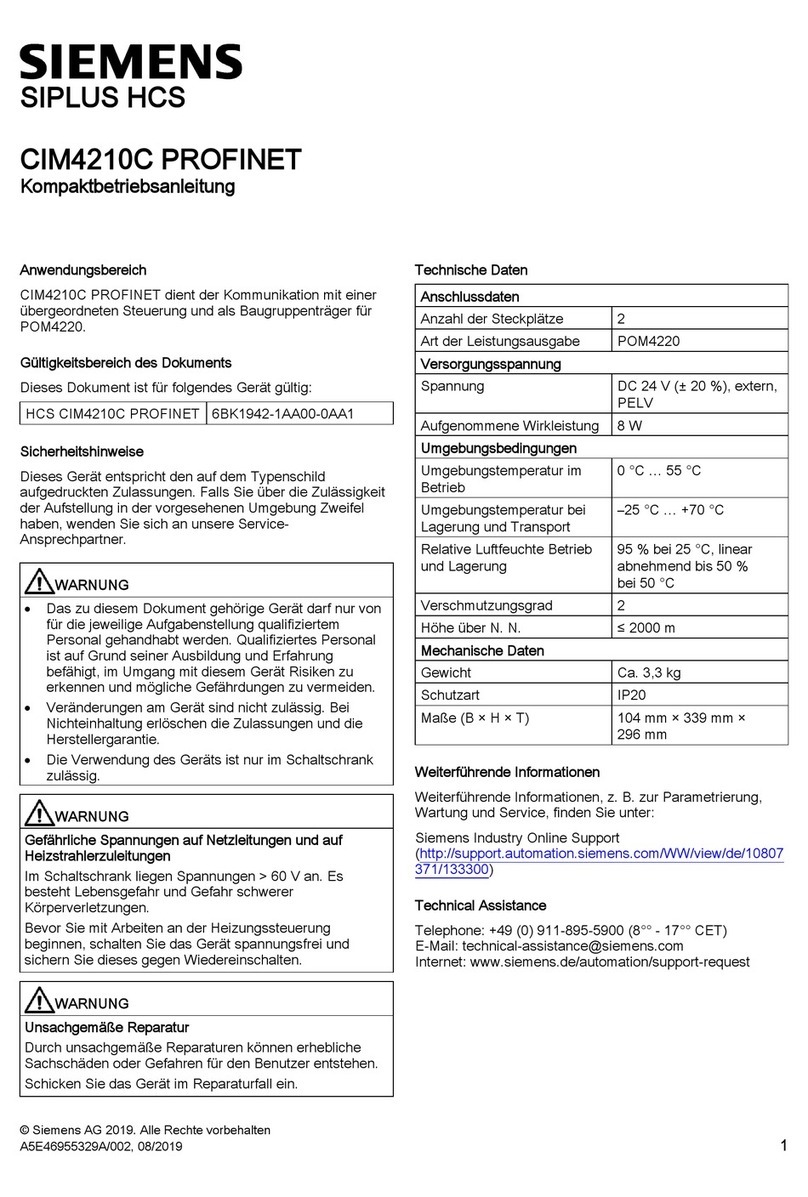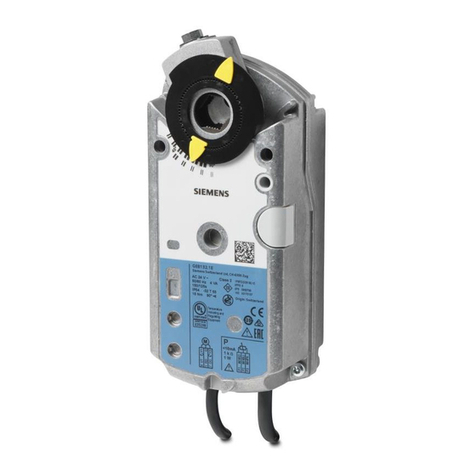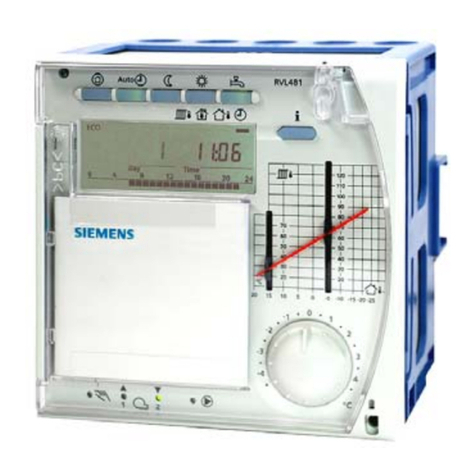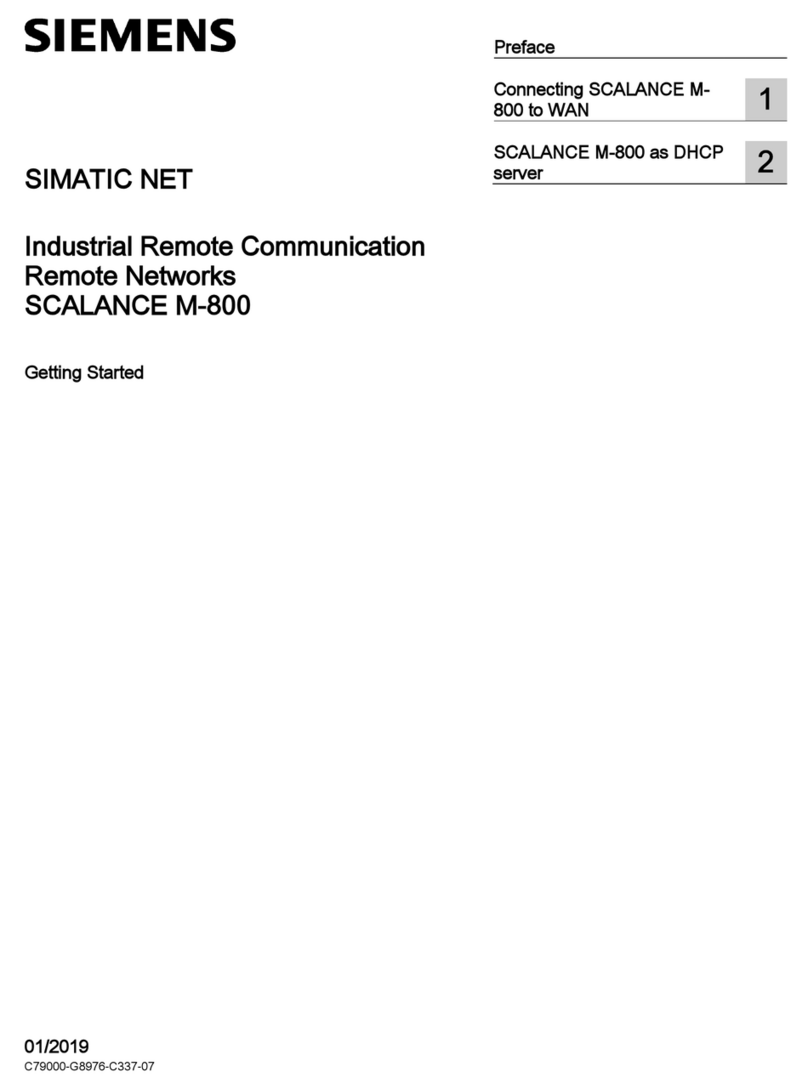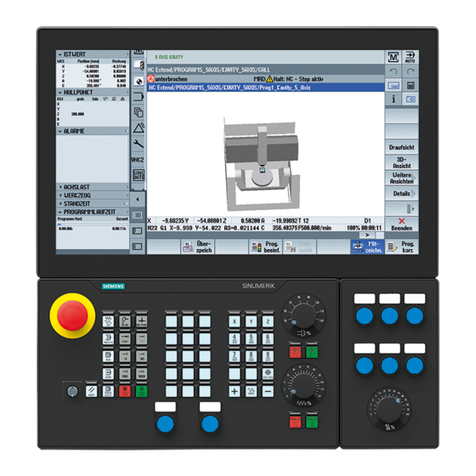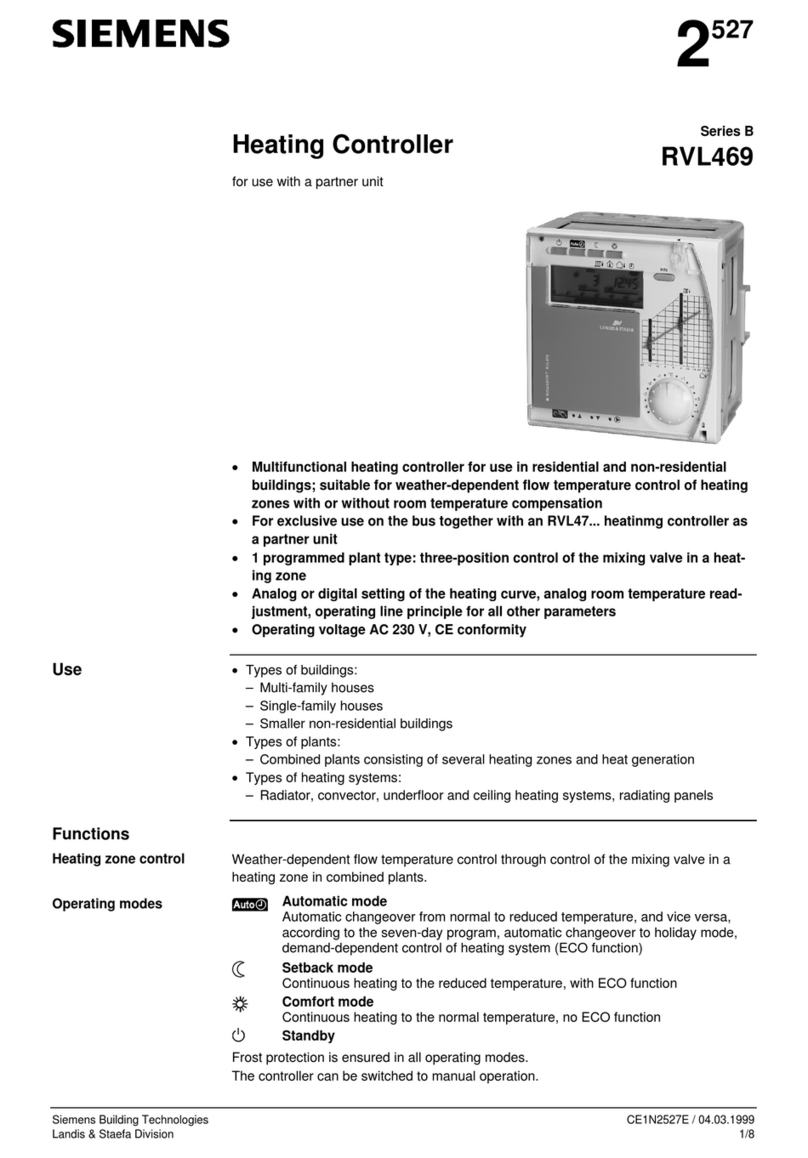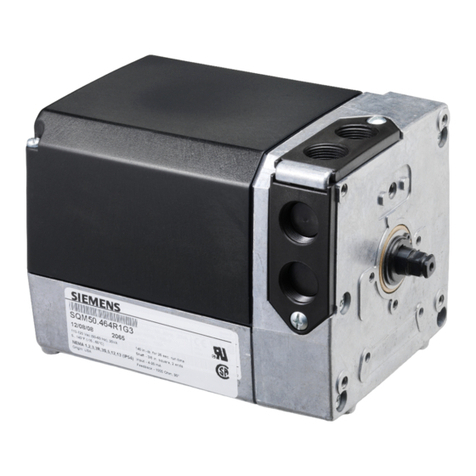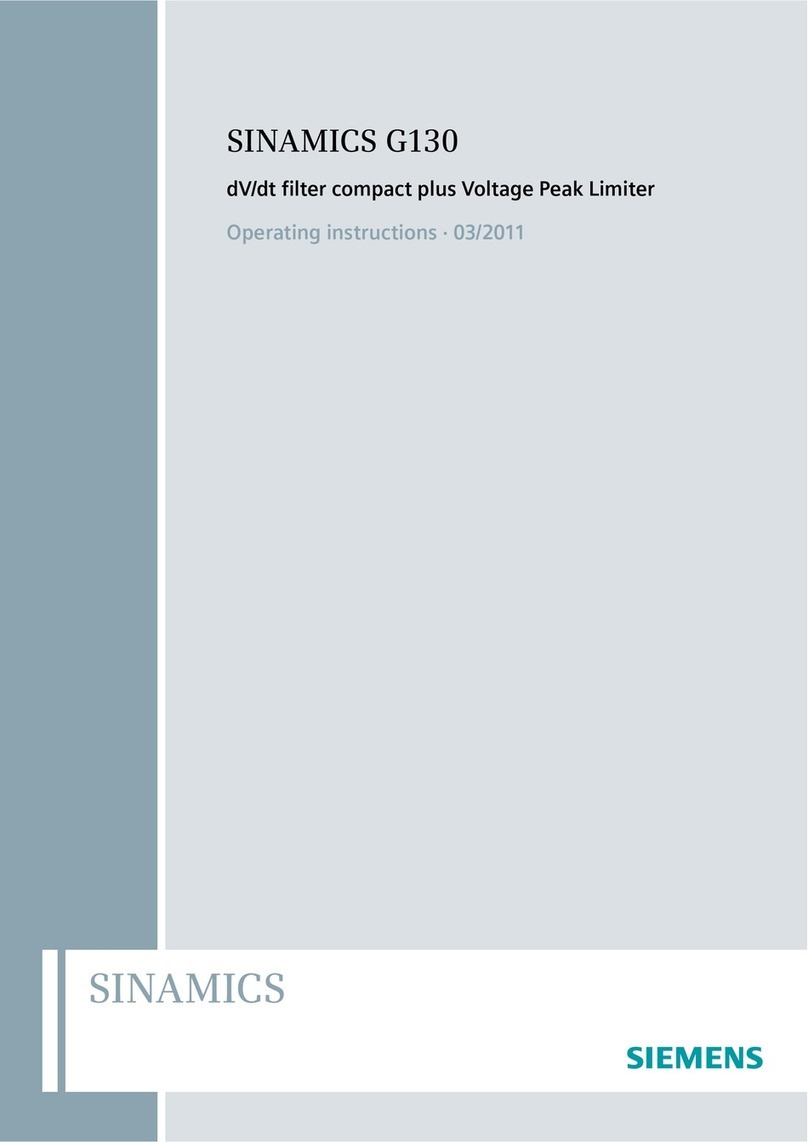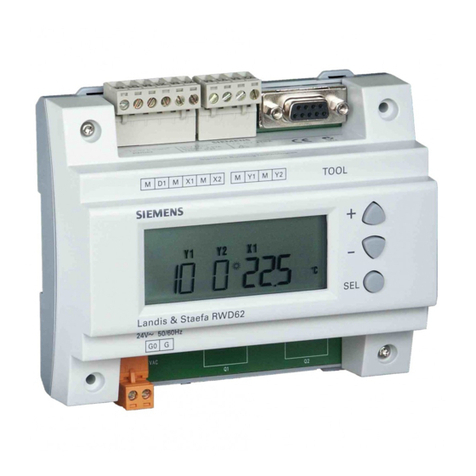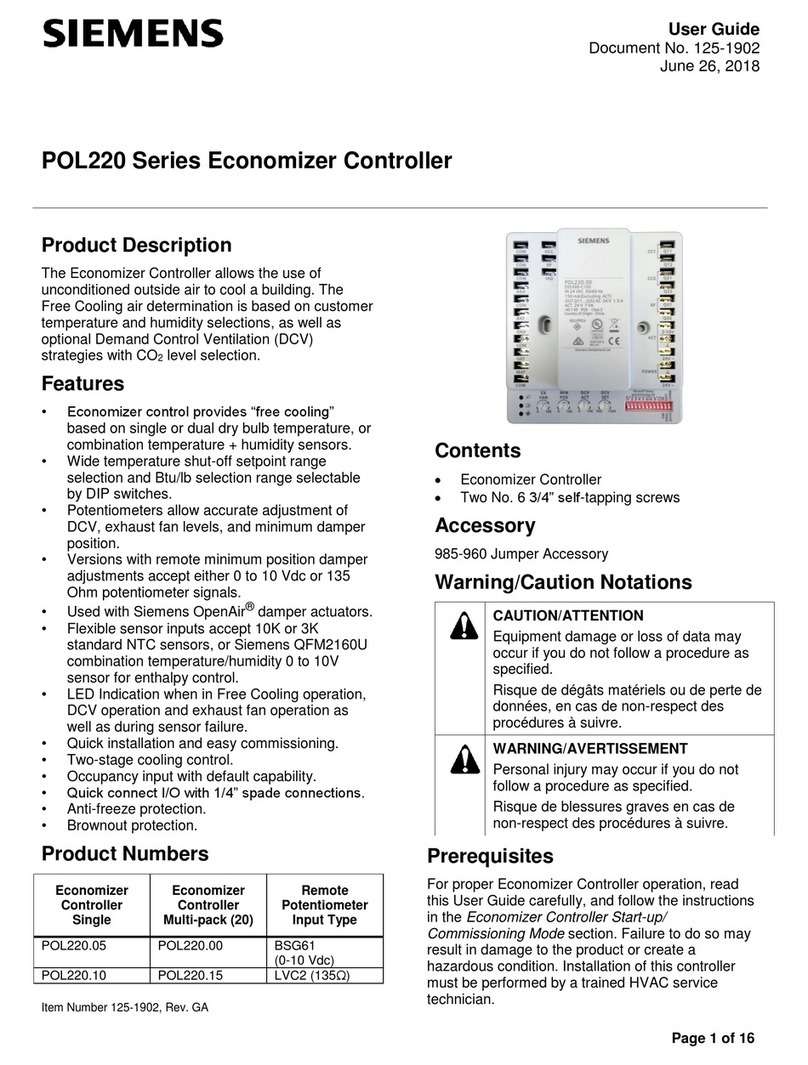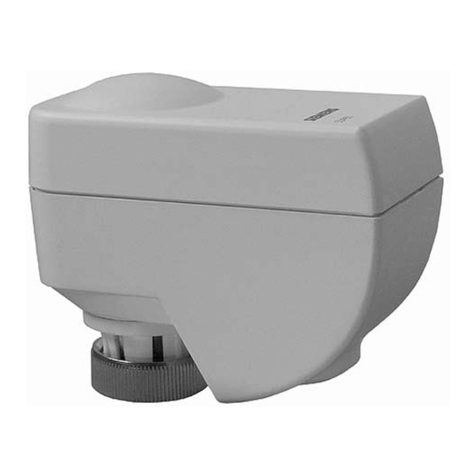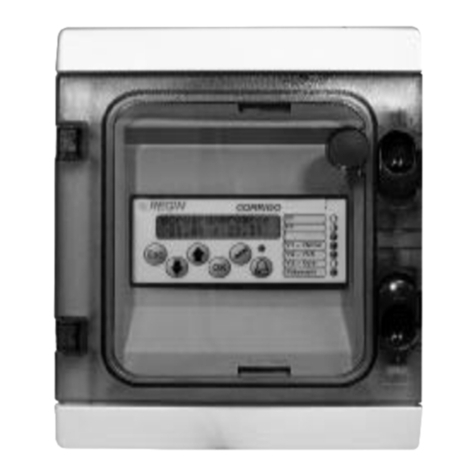
Table of contents
FM 352 electronic cam controller
4 Operating Instructions, 05/2011, A5E01071724-03
7.6 Interrupts ..................................................................................................................................... 52
7.7 Evaluation of a hardware interrupt .............................................................................................. 53
7.8 Evaluating a diagnostics interrupt ............................................................................................... 54
7.9 Technical data............................................................................................................................. 55
7.10 High-speed access to module data............................................................................................. 56
7.11 Parameter transmission paths .................................................................................................... 58
8 Commissioning the FM 352 ..................................................................................................................... 61
9 Machine and cam data ............................................................................................................................ 67
9.1 Machine and cam data................................................................................................................ 67
9.2 Writing and enabling machine data............................................................................................. 68
9.3 Read machine data..................................................................................................................... 70
9.4 Writing cam data ......................................................................................................................... 71
9.5 Reading cam data ....................................................................................................................... 72
9.6 Physical units system.................................................................................................................. 73
9.7 Machine data of the axis ............................................................................................................. 75
9.8 Determining the correct absolute encoder adjustment ............................................................... 82
9.9 Example: Adjusting the absolute encoder................................................................................... 84
9.10 Machine data of the encoder ...................................................................................................... 86
9.11 Resolution ................................................................................................................................... 91
9.12 Quantity framework and track data ............................................................................................. 94
9.13 Interrupt enable........................................................................................................................... 96
9.14 Cam data..................................................................................................................................... 97
10 Settings.................................................................................................................................................. 103
10.1 Influence of settings on the switching characteristics of time-based cams .............................. 103
10.2 Set Actual Value/Set Actual Value on-the-fly/Cancel Set Actual Value.................................... 104
10.3 Set zero offset ........................................................................................................................... 107
10.4 Set reference point.................................................................................................................... 110
10.5 Change cam edges................................................................................................................... 112
10.6 Perform "Fast Cam Parameter Change"................................................................................... 114
10.7 Executing "Length measurement and edge detection"............................................................. 116
10.8 Retrigger reference point .......................................................................................................... 120
10.9 Disabling software limit switches .............................................................................................. 124
